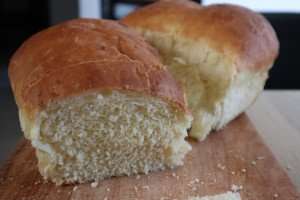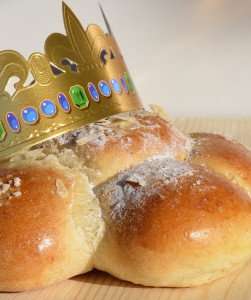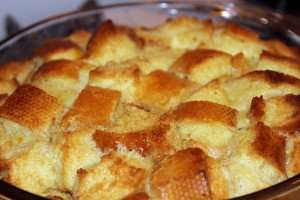Costa Rica's Favorite Meal: The Casado
February 7, 2025
Costa Rica is a fabulous destination for luxury travelers, as well as seniors, couples, and families, not least because of its many excellent dining options.…
Read This Post Brioche. Just the name evokes images of soft, golden, buttery goodness. Everyone knows that it’s a type of bread, but what is brioche, and what makes it different than other breads?
Brioche. Just the name evokes images of soft, golden, buttery goodness. Everyone knows that it’s a type of bread, but what is brioche, and what makes it different than other breads?
First, brioche is a highly “rich” dough. Bread can be made from simply water, yeast, and flour, so and when you add any type of oil or protein to it, it is called “rich” or “enriched.” The additions are usually butter, eggs, and some type of milk or cream. They change the texture of the dough, giving it a soft, close texture with a tender crumb, and of course the flavor changes as well!
Discover all our cooking vacations in France
 The history of brioche is long, with its first appearance way back in 1404! It is considered a type of Viennoiserie pastry, which means it is an enriched dough leavened with packaged yeast (not starter yeast), because it needs a quicker rise than you will get with a starter yeast. Considered the purview of the pastry chef (and not the bread baker), it is associated, like the croissant, with the Austrian baker August Zang and his pastry shop in Paris in the first half of the 19th century. (Read more about the history of croissants!).
The history of brioche is long, with its first appearance way back in 1404! It is considered a type of Viennoiserie pastry, which means it is an enriched dough leavened with packaged yeast (not starter yeast), because it needs a quicker rise than you will get with a starter yeast. Considered the purview of the pastry chef (and not the bread baker), it is associated, like the croissant, with the Austrian baker August Zang and his pastry shop in Paris in the first half of the 19th century. (Read more about the history of croissants!).
 Brioche can be prepared as individual rolls, or as a larger loaf. It is also used in both savory dishes, in which it is filled with some type of meat or fish filling, or in sweet preparations such as in one version of the famous Kings’ Cake (gateau des roix).
Brioche can be prepared as individual rolls, or as a larger loaf. It is also used in both savory dishes, in which it is filled with some type of meat or fish filling, or in sweet preparations such as in one version of the famous Kings’ Cake (gateau des roix).
It is also a wonderful bread to use in other dishes, particular when it is no longer fresh enough to use on its own. Try a brioche bread pudding, or a brioche French toast, and you’ll discover why this bread is so beloved!
 Learn more about using leftover bread.
Learn more about using leftover bread.
You can learn to make brioche during our cooking vacations in France. Contact us to start planning your trip!
* * *
By Peg Kern
Find more photos, videos, food facts, and travel stories from The International Kitchen on Facebook, Instagram, Pinterest, Twitter, and YouTube.
Sign up to receive our newsletter, which includes travel tips, recipes, promotions, and information on our best cooking vacations.